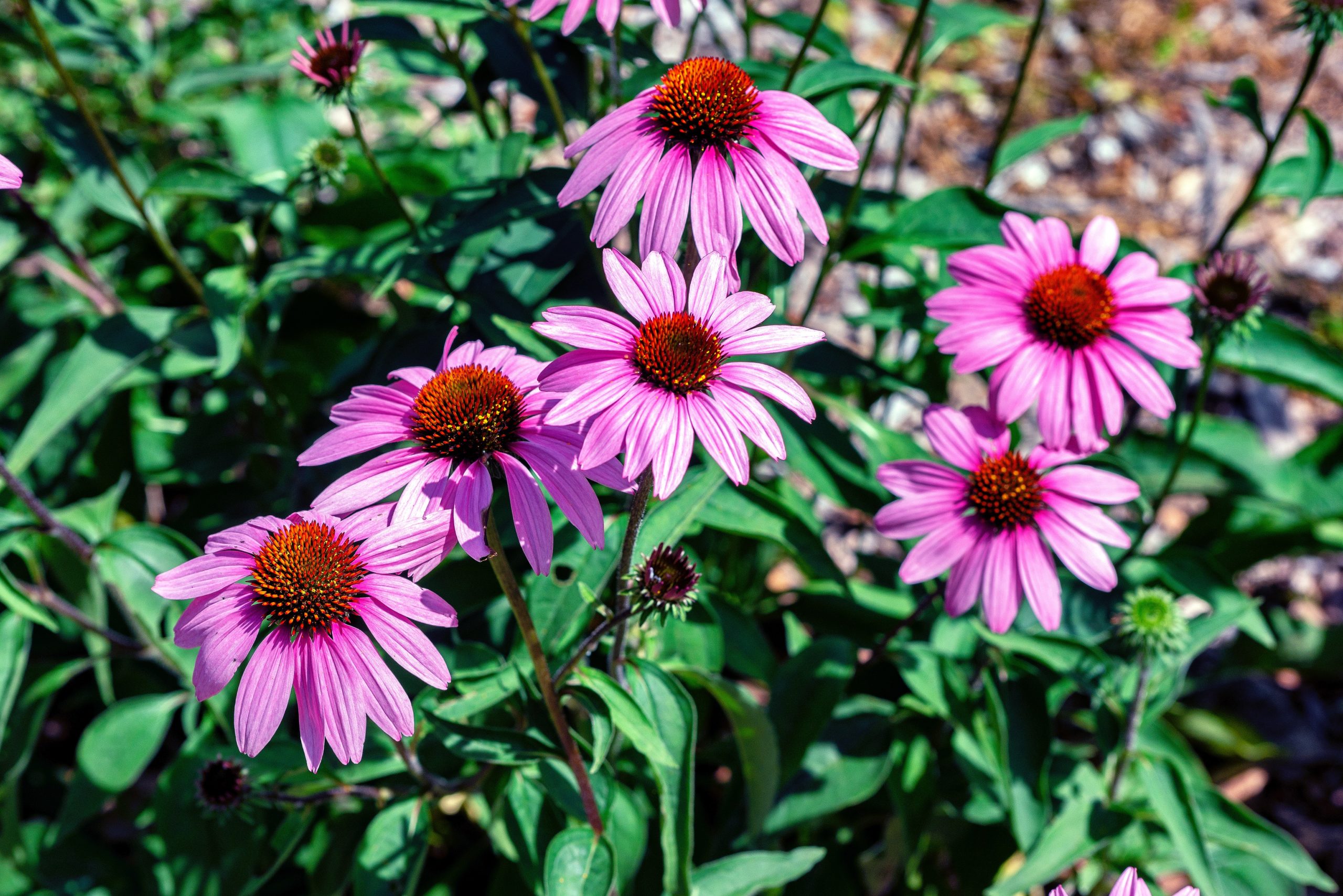
We’re smack dab in the middle of prepping for our spring planting this year. We’re planning out a canning garden, as well as planting blackberry canes and blueberry bushes.
In addition to this, we plant native flowers, like coneflower and perennial sunflower, to attract native insects to our gardens.
With these native flowers, we try to time the germination and flowering around our other garden plants to assist with pollination and pest control.
To do this, we cold stratify the seeds of the native flowers.
But what is cold stratification? And should you be cold stratifying seeds for spring planting? Keep reading to find out!
What is cold stratification for seeds?
Cold stratification involves creating cold, moist conditions for certain types of seeds in order to speed up the germination process.
As a gardener, why do you need to know about cold stratification?
Many native wildflower varieties that reseed naturally have a hard seed coating that keeps them from sprouting before its time. For example, when a warm spell hits in the middle of January — much too early for real spring growth — this hard coating prevents the seed from coming out of dormancy prematurely.
If you’re considering adding these types of native plants to your garden this spring, you’ll need to first manually perform cold stratification in order for the seeds to properly germinate in time for spring growing.
Why should you plant native species?
Planting native species comes with benefits — both for you and for the earth.
For starters, native plants require minimal upkeep on your part. After all, these plant varieties have evolved specifically for your area, adapting perfectly to the soil, weather conditions, and environmental balance over thousands of years.
Additionally, native plants also attract more beneficial insects that protect and pollinate your garden, making your goal of creating a sustainable garden that much easier.
Which plant seeds need cold stratification for spring planting?
The following varieties of flowers need cold stratification for spring planting:
- Milkweed
- Lupine
- St. John’s Wort
- Prairie Coneflower
- Prairie Violet
- Pincushion Flower
- Marsh Marigold
- Perennial Sunflowers
- Wild Geranium
- Rudbeckia
- Coneflower
- Soapwort
- Primrose
- Larkspur
- Shooting Star
- Heliopsis
- Lavender/Hyssop
- Catmint
- Ironweed
How to Cold Stratify Seeds for Spring Planting
Cold stratifying your seeds for spring planting is so easy — and requires very little materials or time!
Materials Needed:
- Jar or bowl for soaking seeds
- Paper towels
- Plastic bag
- Water
- Refrigerator
- Seeds
How to Cold Stratify Seeds Using Paper Towels:
- Begin by filling a jar or bowl with a shallow layer of water and soaking your seeds for 1 – 2 hours.
- Drain the water through a sturdy paper towel.
- Spread the seeds out in a single layer onto this damp paper towel.
- Using a dry paper towel, wrap it around the damp paper towel (where the seeds are). This keeps the towels moist, while not allowing it to get too soaked, which could cause mold.
- Seal your wrapped seeds in a plastic Ziploc bag.
- Store in a refrigerator for one month before planting in soil. If you notice seedlings begin to sprout while in the fridge, remove and plant either in a pot or in the soil directly (if it’s time for outdoor planting).
Local to Middle Tennessee?
Join us the farm for our “How to Build a Temporary Greenhouse” Class
We invite you to join us on Saturday, March 5, 2022 right here at Stoney Creek Farm in Franklin, TN for our “How to Build a Temporary Greenhouse” class.
Growing your garden plants from seed doesn’t have to cost a fortune! For the last 11 years, we’ve been creating our own temporary greenhouse using repurposed, reusable materials, saving us tons of money in the process.
In this class, we’re sharing with you our process defined over more than a decade. You’ll receive a list of materials and participate in hands-on instruction so you can leave the class empowered with the confidence to build your own affordable, temporary greenhouse structure.
View class details + get your tickets here.
***

